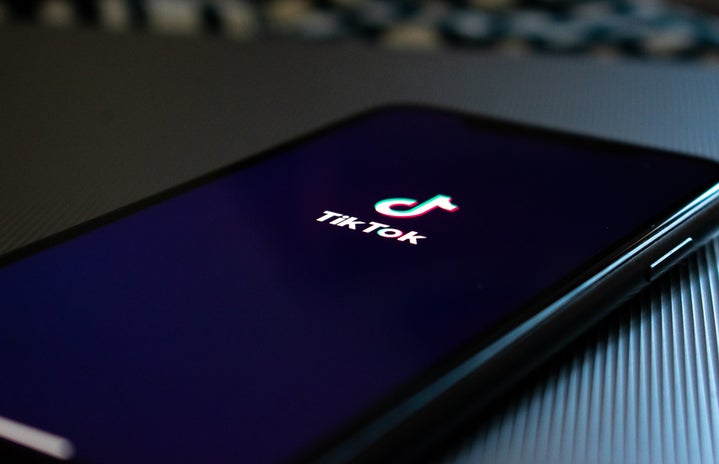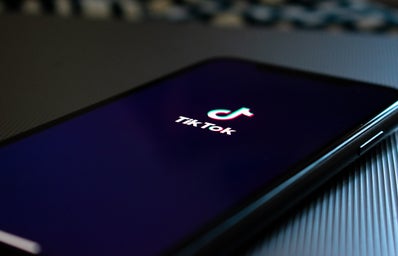In recent years, TikTok has emerged as a cultural and social media phenomenon Revolutionizing the way we consume content and, as a consequence, reshaping our consumer behavior. This bite-sized video-sharing platform with its addictive format of short, engaging clips has fundamentally altered the dynamics of advertising, branding, and shopping. TikTok’s far-reaching influence extends beyond just viral dance trends and quirky challenges; it has played a pivotal role in fueling the rise of consumerism in the digital age. As users scroll through their personalized feeds, they are bombarded with a continuous stream of product endorsements, reviews, and persuasive narratives that have a direct impact on their purchasing decisions.
Consumer spending refers to all consumption of final goods and services for current personal and household use. Consumer spending on the whole is more than $13 trillion, making up around 70% of the American GDP.
TikTok and social media in general have given rise to a new breed of influencers who have the power to shape consumer choices. These influencers often partner with brands to promote products to their massive following. The authenticity and relatability of these influencers can make their endorsements more influential than traditional advertising. Social media platforms like Instagram, TikTok and Pinterest have amplified the visibility and popularity of fashion trends. Influencers and celebrities frequently share their outfits and endorse fast fashion brands, encouraging followers to keep up with the latest styles.
Some TikTok influencers create content centered around “haul” videos, where they showcase massive shopping sprees and display a plethora of new products. While these videos may be entertaining, they can foster materialistic tendencies and encourage viewers to buy more than they need. Unboxing and product reviews Influencers often receive products from brands for unboxing and reviewing. This can lead to a culture of acquiring more things without considering the environmental impact. Discount Code and Affiliate Marketing Influencers often partner with brands to promote products and provide discount codes or affiliate links. While this can save viewers money, it may also encourage them to make purchases they might not otherwise have made, contributing to overconsumption.
Social media accelerates fashion trends and promotes fast fashion. Users are constantly exposed to new styles, which can encourage them to frequently update their wardrobes. This can lead to overconsumption and an increase in the disposal of clothing, contributing to environmental concerns. Fashion trends cycle quickly due to several factors, including the fast fashion industry, social media and changing consumer preferences. Unfortunately, this rapid cycle often contributes to environmental harm, especially in the form of increased textile waste. Here’s how the process works. The fast fashion industry produces affordable, trendy clothing at a rapid pace. Brands design, produce and distribute new collections in a matter of weeks. This constant cycle of producing new styles encourages consumers to frequently update their wardrobes, as they see trends evolving almost weekly. The fast fashion model promotes a “wear it once and discard it” mentality. Many consumers purchase items for a single use, further contributing to textile waste. Many fast fashion brands prioritize low prices and high turnover over sustainability. This leads to practices like overproduction, low-quality materials and poorly paid labor, all of which have negative environmental and social consequences. When clothing goes out of style or is discarded, it often ends up in landfills. While recycling and upcycling are sustainable alternatives, these practices are not as common as they should be. Many consumers are unaware of these options or face challenges when trying to recycle or repurpose clothing. The fast-scrolling nature of social media, especially platforms like TikTok, can create a sense of urgency. Users may be more prone to making impulse purchases after seeing a product or trend promoted by an influencer or peer, even if it wasn’t something they initially needed or considered.
Many social media platforms are integrating e-commerce features, allowing users to shop directly through the app. TikTok, for example, introduced “shoppable” content. This seamless shopping experience can encourage impulsive buying and greater brand engagement. Instagram also allows you to purchase products straight from the app, making it easier and more accessible to buy the brands products.
In conclusion, TikTok and social media have transformed the consumer landscape, impacting the way people discover, engage with, and purchase products. While they offer numerous benefits, such as facilitating product discovery and providing a platform for authentic reviews, there are also challenges, including the promotion of fast fashion, impulse buying and the perpetuation of a comparison culture. Consumers should exercise mindfulness and critical thinking when engaging with social media to make informed and conscious purchasing decisions.
To address these issues, there is a growing movement toward sustainable and ethical fashion. This includes supporting brands that prioritize environmental responsibility, durability, and fair labor practices. Additionally, there is an emphasis on promoting a “less is more” approach to clothing. Here consumers invest in high-quality, timeless pieces rather than constantly chasing fleeting trends. Education and awareness about the environmental impact of fast fashion are crucial in shifting consumer behavior towards more sustainable choices.


